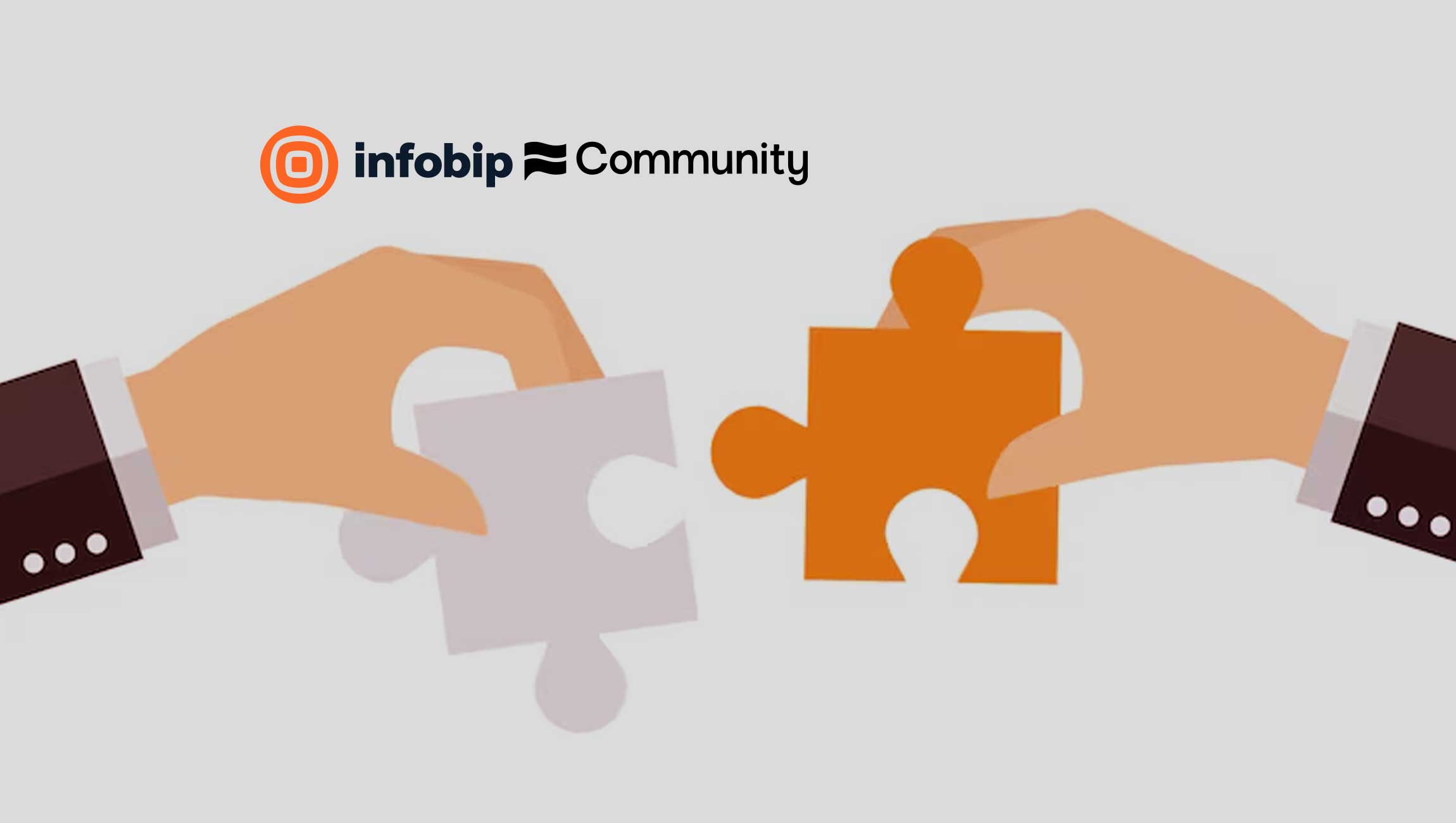Intent data or intent signals indicate which accounts are actively researching the line of products or services you deal with. The data can be put into a customer data platform to achieve intent scoring. Understanding intent signals is quintessential because ignoring user accounts who are interested in your products or services will be a missed opportunity. To avoid this, marketing professionals must use intent signals to identify accounts with high intent. Intent signals can be collected from various sources, such as websites, social media engagement, email interactions, and more.
Marketers can harness these signals and implement cross-marketing strategies to build stronger and long-lasting relationships with their customers. Let us learn how marketers can maximize intent signals with the help of cross-channel strategies to win customer loyalty.
What do intent signals indicate?
Every year companies suffer losses of millions only because they are not able to win the loyalty and trust of their customers. Technically, they are unable to retain them. For this reason, marketers are paying due attention to user intent data signals because they are crucial for customer success. In relation to using intent signals, two strategies have emerged:
- Account-based marketing (ABM)
- Inbound Marketing
Marketers use ABM when they want to target high-value customers because they have higher chances of becoming customers. Intent data helps them understand these accounts and so companies can reach out to them with personalized communication. On the other hand, inbound marketing is about attracting new users and winning their loyalty. Intent data helps companies understand the interest of these new accounts so that marketers can create content to cater to their pain points.
Various KPIs (key performance indicators) help companies if they are doing well with their customers. Some of the prominent KPIs are customer churn rate, customer lifetime value, repeat purchase rate, and customer satisfaction rate, among others.
Talking about customer loyalty and retention, intent data supplies marketers with valuable insights into their purchase patterns, engagement levels, up-selling & cross-selling opportunities, abandonment signals, and feedback & reviews.
Marketing Technology News: MarTech Interview with Niklas Ingvar, Co-founder and Chief Product Officer @ Mentimeter
As a marketer gathers the required data about a customer and his behavior towards the brand, the marketer can take the necessary steps to go ahead with prospecting, find qualified leads, and close more deals. Ideally, marketers will:
- Nurture accounts
- Maintain personalized relationships with customers
Both of these activities will help the marketing improve customer loyalty towards the brand. Now the question begs – what role does cross-channel marketing play here? Let us try to figure it out here.
Cross-Channel Marketing Strategies with Intent Signals
Marketers use cross-channel marketing strategies because they help to maintain consistent communication with the customers as they move through multiple marketing channels. It helps marketers to better track customer touch points and ROI. Cross-channel strategies help marketers to create personalized and meaningful customer experiences.
As the information and data from the intent signals are available, marketers can put their best foot forward to blend both and create hyper-personalized content to boost customer loyalty at every stage of the customer life-cycle.
Here are the top cross-channel marketing strategies that help:
1. Consistent Messaging
Whether you want to grab the attention of a new prospect or boost loyalty among the existing ones, hyper-personalized messages are the need of the hour. Irrespective of the marketing channel you are connected to with your customer, ensure that you maintain consistency in sending messages to your audience.
2. Omni-channel Experience
Use the intent data and drive the behavior of the consumers by offering them a seamless experience at every touch point.
3. Timing is the Key
In cross-channel marketing, timing is the key. Send relevant messages at the right moment based on the intent signals received. For instance, if your customer abandoned the cart at the time of checkout, ensure that he is connected again.
4. Feedback Loop
Always encourage your customers to offer the required feedback. Feedback will not only improve your online presence, but it will also boost customer engagement and loyalty.
Wrapping Up
The ultimate aim of blending buyer intent signals with cross-marketing strategies is to boost customer loyalty. Using the strategies mentioned above, marketers can enhance customer experience with personalized messaging, increase engagement, and foster long-term relationships with customers.
Personalized marketing campaigns go beyond materialistic transactions and make customers emotionally connected to the brand. So, would you use these cross-channel strategies along with the intent signals received? Let us know.
Marketing Technology News: How the MarTech Landscape Now Spans Over 11k Tools



